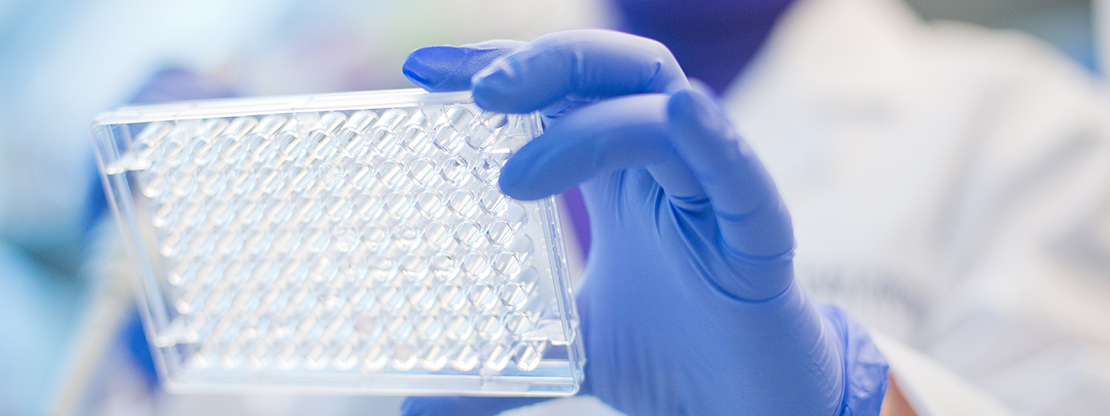From discovery to medicine
Part one: How lab findings become life changing therapies
May 23, 2018

Here at VAI Voice, we often discuss topics related to basic research, translational medicine and clinical research. Today, in honor of National Cancer Research Month, we’re kicking off a multi-part series that digs into the differences between these important, and often overlapping areas. We will explore what clinical trials are based upon, how they are run, and what the Institute is currently working on in terms of clinical research.
Basic research
Before a drug can be used in humans, a lot has to happen. First, a biological discovery must be made, something upon which an idea for a new therapy can be built. This is known as basic, or fundamental, research.
Here’s an example. In 1971, a Japanese biochemist named Akira Endo was working for a well-known pharmaceutical company, and began searching for a drug that could lower cholesterol levels. While most people today have heard of the type of drug he eventually discovered, called a statin, it took over 100 years of research (and 13 Nobel Prizes) to get to an understanding that an enzyme called HMG-CoA reductase was a major regulator of cholesterol. It was all of this background research by a host of scientists that enabled him to hunt for a cholesterol-lowering drug and that ultimately led to the development of statins, a class of drugs that has saved countless lives. The story of statins is one of countless examples of the interplay between early research and later-stage clinical research.
In many ways, basic research defies its own name. It is not “basic” or simple at all — it is rigorous and hypothesis-based. The goal is to understand fundamental aspects of biology and explore new ideas that can become a platform for more action-oriented experiments that aim to find cures.
Translational research
Taking basic research and translating it into something that can be applied to human health is called translational research (the application of basic research to treat a disease by stopping it, reversing it or preventing it). This approach typically involves early-stage testing in preclinical models to assess, as best as possible, if the drug is toxic, and whether or not it’s effective and hitting the desired target. In oncology, for example, scientists use preclinical models to evaluate how well an experimental medicine fights tumors and whether or not it causes side effects. Often, the process involves screening various versions of a potential drug to determine which has the best properties before moving into humans. This can be a lengthy process; in Endo’s case with statins, he screened 6,000 different compounds before finding one that would work as needed.
Clinical research
Clinical research is where all of the previous work from basic and translational research is applied in humans. There are many ways to design clinical trials and each has different phases and types. Typically, clinical trials are designed to assess the efficacy of a drug and its safety in humans, often in comparison with a placebo and/or standard-of-care drugs. New drugs must demonstrate that they are more effective than or at least as effective as existing therapies to gain approval.
Clinical research is conducted at many healthcare institutions and hospitals around the world, and many physicians from different disciplines conduct clinical research. Patients are also a critical part of the clinical trial process and their courageous participation and advocacy is a big part of the ultimate development of life-saving or life-changing therapies.
Stay tuned for our next segment in this series, which will take a deeper dive into how clinical trials are designed and what the stages of clinical development look like.